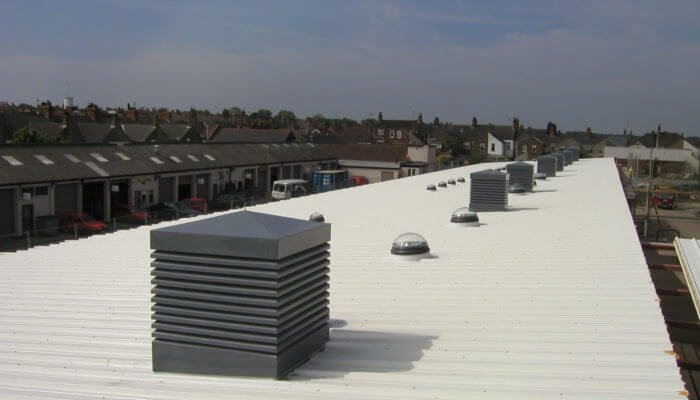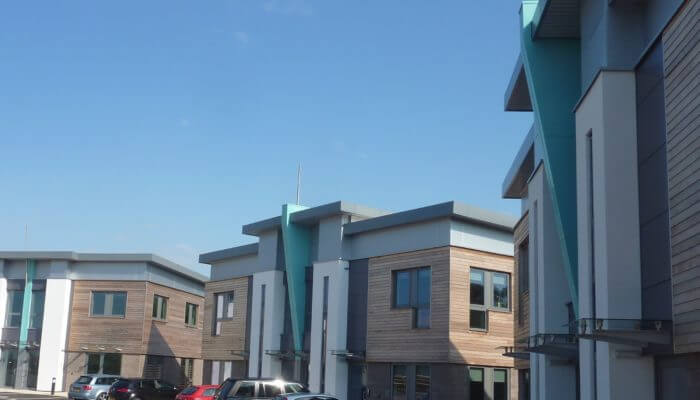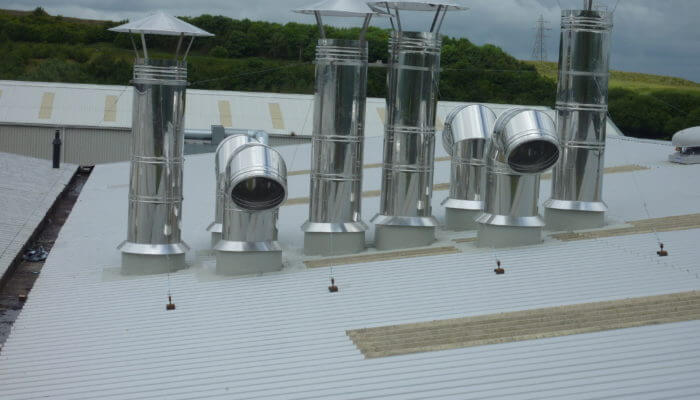Whether you’re designing a new building or refurbishing an old one, getting the look of the structure right is essential. And one of the best ways to create a unique and aesthetically appealing result is with GRP architectural mouldings.
Also known as glass-reinforced plastic or fibreglass, GRP is a lightweight yet durable material that can be formed into just about any shape you can imagine. While architects were once held back by the limitations of materials like timber and steel, GRP opens up a vast range of possibilities, as it can be moulded into any shape you can imagine, while also providing a high level of strength and impact resistance.
From simple curves to complex designs, GRP architectural mouldings enable architects to unleash their creativity and achieve truly unique building designs easily and effectively.
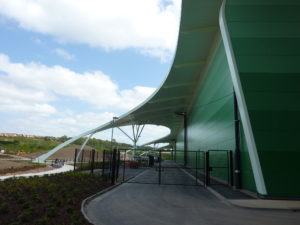
Why choose GRP architectural mouldings?
GRP is a strong and versatile material that can be used in a variety of applications, ranging from commercial and retail, through to healthcare, education, leisure and residential projects.
While we’ve already briefly mentioned some of the benefits of glass-reinforced plastic (strong, lightweight, versatile), let’s look at the reasons to opt for GRP architectural mouldings in a bit more detail:
- Lightweight and strong – GRP is up to 75% lighter than steel, while its strength-to-weight ratio means that for non-structural purposes it can actually be far superior to steel. In addition, their light weight means that GRP architectural mouldings are more cost-effective to transport and they can be manoeuvred easily onsite.
- Versatile – GRP can be used to create just about any shape you desire, from simple, undulating curved roofs to the most intricate detail work. Although GRP architectural mouldings are generally associated with more modern buildings, it’s important to note that the material is equally useful on older structures. In fact, GRP mouldings have been used to re-create ornate carvings and other decorative elements on traditional homes and historic structures, and they can be finished to match the existing mouldings perfectly, providing a simple, affordable and effective solution for refurbishment projects.
- Weather resistant – GRP does not swell or shrink during fluctuations in temperature or humidity. It is also UV-stable and will not discolour over time.
- Impact resistant – The strength of GRP means that it can withstand heavy impact and severe point loading with no damage, and any distortion due to impact will generally return to its original shape.
- Thermally efficient – Since GRP is a natural insulator, it can help to make a building more thermally efficient, and you don’t need to worry about thermal breaks.
- Long lifespan with minimal maintenance – Once installed, GRP architectural mouldings should last a very long time, and the only maintenance required is simple cleaning.
GRP is also resistant to corrosion, chemicals and parasitic attack. It is non-conductive, inert and non-sparking, making it ideal for use in locations with potential electrical hazards or where combustible gases may be present. It is also unaffected by electromagnetic or radio frequencies.
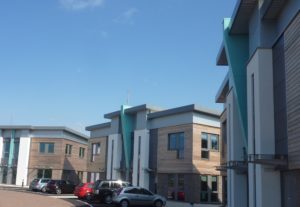
Incredible building design using GRP architectural mouldings
Here at Jones Weatherproofing, we’ve worked on a number of bespoke design projects using GRP architectural mouldings, enabling architects to turn their structural dreams into reality – all while ensuring a robust, long-lasting and low-maintenance building.
To find out more about how GRP architectural mouldings can take your building design to the next level – or to discuss your next project with a member of our team, please get in touch.
